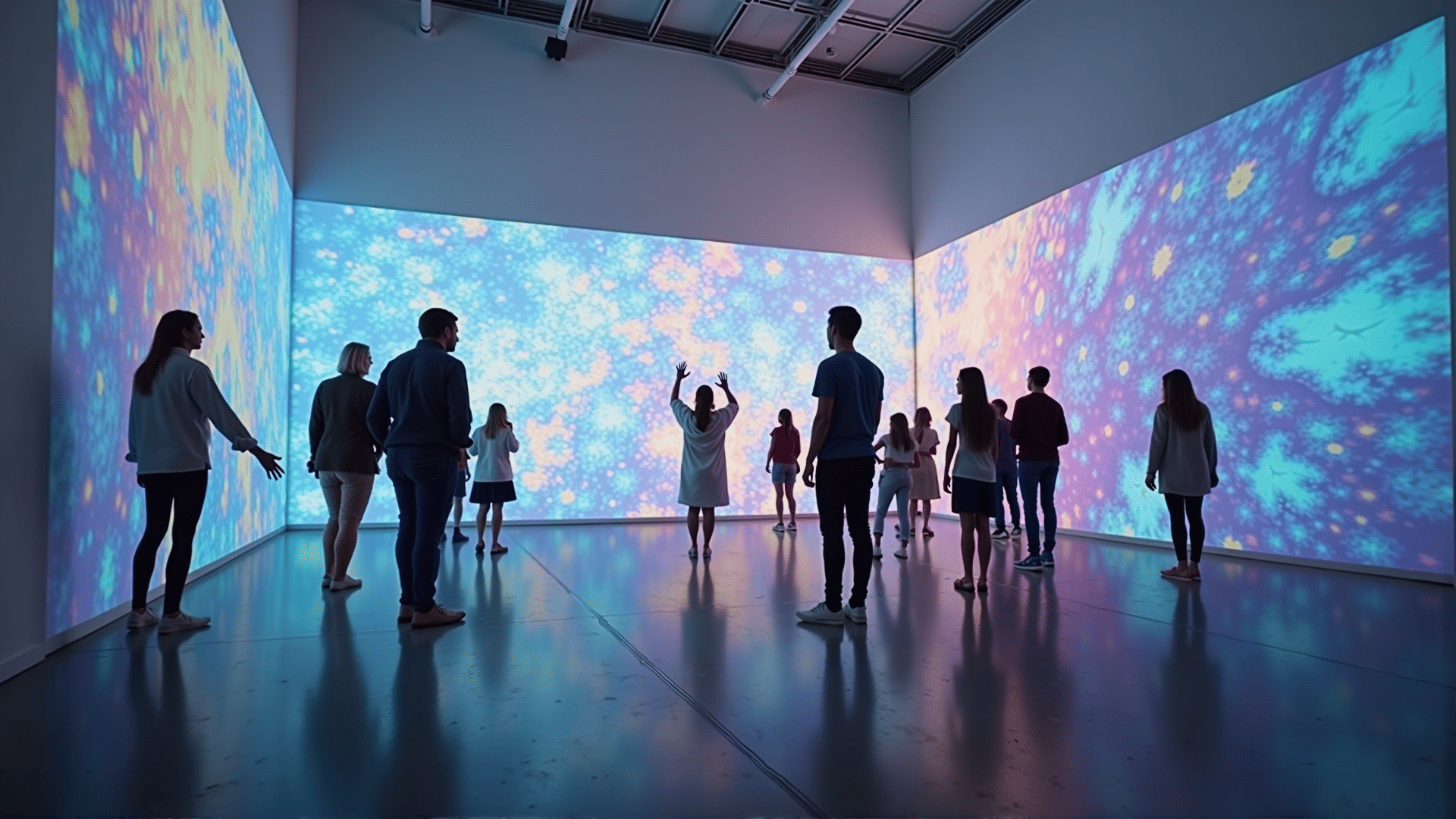Interactive art installations have transformed the way audiences engage with art by blurring the lines between viewer and creator. By inviting participants to become part of the artwork, these installations offer a dynamic, personal, and immersive experience that is both memorable and impactful.
At the heart of interactive art is the idea that art is not just a passive visual experience but an active dialogue between the artwork and its audience. These installations leverage technology, multimedia, and sensory experiences to invite viewers to interact, influence, and even redefine the art itself. This evolving art form challenges traditional notions of how art should be perceived and experienced.
One of the key elements of these installations is the use of technology. Advanced tools such as motion sensors, virtual reality, augmented reality, and artificial intelligence are commonly integrated to create environments where the audience's actions directly influence the artwork. For example, a viewer's movement might alter the direction of projections in a digital piece, or their touch may change the colors of a light installation. This interactivity creates a personalized experience, allowing each viewer's interaction to be unique, often leading to a deeper emotional connection with the art.
Beyond technology, the physical design of these installations plays a crucial role. Artists often construct spaces that encourage exploration and active participation. Some installations invite viewers to step inside, walk around, or even climb structures, immersing them in a multi-sensory experience that can include sound, light, and touch in addition to visual elements. This physical engagement makes the audience an essential component of the artwork, transforming the spectators from passive onlookers into active participants.
Moreover, interactive installations often address significant cultural, social, and political themes, making them powerful tools for communication and reflection. By actively involving participants, these artworks can provoke thought, inspire dialogue, and encourage community engagement. For instance, an installation might simulate the effects of climate change, asking participants to consider their actions' impact on the environment. Through interaction, viewers are prompted not only to consume information but to engage with it on a more personal and direct level.
One striking example of an interactive installation is "Rain Room" by Random International. Participants walk through a simulated rainstorm while remaining miraculously dry, due to a network of motion sensors that pause the rain where people stand. This installation captivates audiences with its innovative use of technology and explores themes of control and freedom, stirring contemplation on human interaction with nature.
The appeal of interactive art installations is not limited to art enthusiasts. By offering a hands-on experience, they attract a diverse audience, including those who may not typically engage with traditional art forms. This inclusivity broadens the scope and accessibility of art, fostering a greater appreciation and understanding of artistic expression across different demographics.
Interactive art installations represent the future of art, merging creativity with technology to create evolving experiences that captivate and inspire. As artists continue to push boundaries and explore new ways of engaging audiences, interactive installations will undoubtedly play an increasingly significant role in the cultural landscape, inviting people to see, touch, and feel art in ways they never have before.
